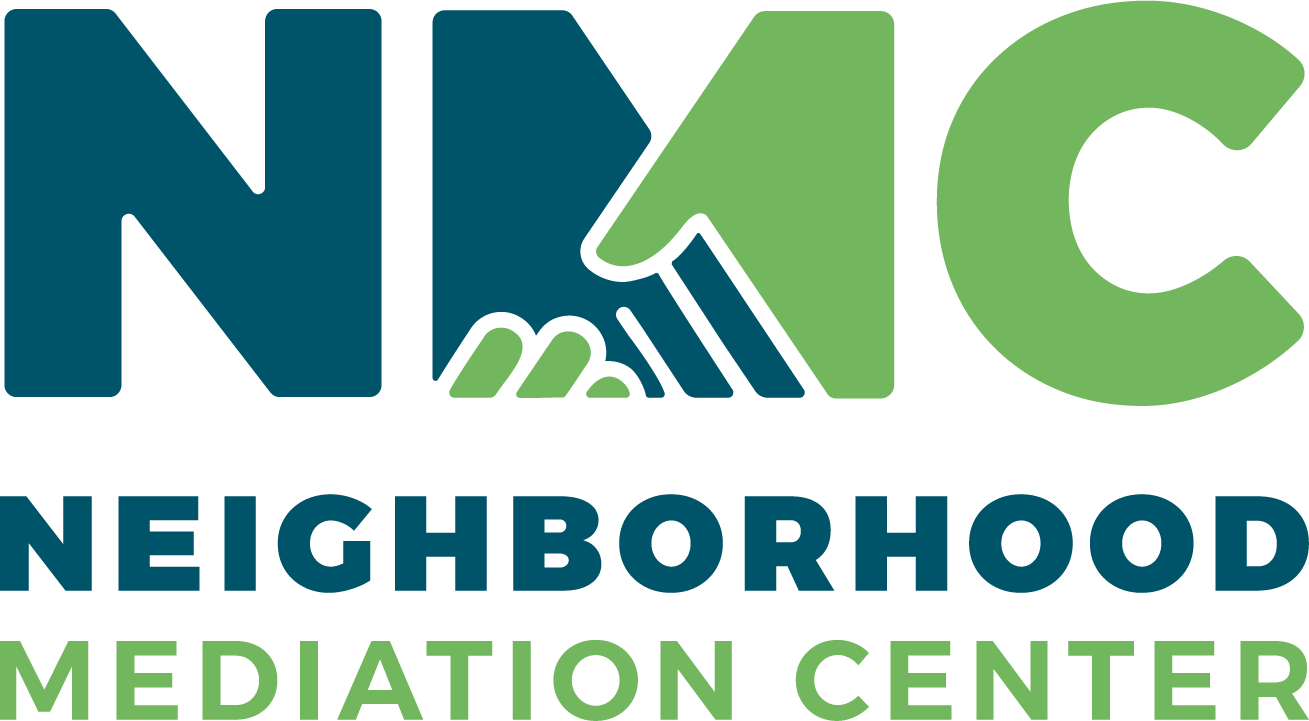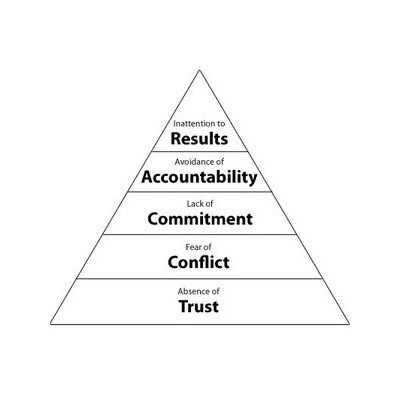Trust and its Impact on Mediation
Introduction
In-Service Notes from Wednesday, April 13, 2022
Discussion: (About fourteen mediators worked together for about 90 minutes in person)
There are differences, and in some cases vast differences, in the way we each formulate our trust for others. In other words… We don’t all trust or distrust for the same reasons. This key fact impacts our parties trust in each other and in us as mediators. Understanding the underbelly of how conflict works is what we strived for in this class based on a single model of trust building. Click above to read more.
Let's explore trust together...
Our working hypothesis is that trust can be expressed as a formula that all humans can relate to. We believe that this formula is composed of common factors that everyone uses to make decisions about whether or not to trust someone or something. Most of us are aware of the level of trust or distrust we feel, but it is rare for anyone to understand the core factors that create the foundation for the level of trust we experience.
Trust:
Trust is the willingness of a party to be vulnerable to the actions of another party based on the expectation that the other will perform a particular action important to the trustor, irrespective of the ability to monitor or control that other party (Mayer 1995).
Both trust and distrust involve movements toward certainty: trust concerning expectations of things hoped for and distrust concerning expectations of things feared (Lewicki, McAllister, and Bies 1998).
Propensity to Trust:
The propensity to trust is a general willingness to trust, or not trust, others or things. One's propensity to trust will influence trusting behaviors before data has become available about someone or something. Propensity to trust is an individual trait built over time through experiences, culture, personality types, genetics, etc.
Level of Risk:
Every time we are considering the trustworthiness of a person or situation, we are also engaging in risk-assessment. In high-risk situations (i.e. a decision about a new caretaker for a child), this multiplier will be a large factor in the calculation compared to low risk situations (i.e. a decision about where we will have dinner tonight).
Trust Factor:
A trust factor is a piece of data used to determine the level of trust to apply to a situation.
Trust Factor History:
In all cases our history of interactions sits on a continuum that stretches from unreliable to reliable. While the trust factor is the raw data in our trust calculation, the number of times we experience, or lack the experience, of the factor behavior helps solidify our trust position and level. We calculate that if something has happened enough times, it is likely to happen again.
The Trust Formula:
When we combine these variables in a formula, the end result is an answer about what level of trust to apply to a situation. We make this calculation all day every day, at the blink of an eye.
What are the trust factors?
Through a review of research in this field, and our experience with teams, we have narrowed the primary factors that influence trust into the following:
Benevolence: The quality of being well meaning with the intent to help.
Competence: Having the skills, aptitude, and abilities to accomplish a task or reach an objective.
Integrity / Character: Aligns with the principals of honesty, sincerity, good intent, strong moral principles and respect. The “character” of the someone or something.
Listening / Curiosity: The quality of hearing and paying attention to in order to understand.
Meets Expectations: What is stated happens. There is clarity in what is promised and what is delivered.
Openness / Accuracy: Communication is open and accurate. Straight talk and transparency exist while secrecy or concealment does not exist.
Rules / Laws & Consequences: Rules, laws, and consequences are in force such that the risk of a situation is predictable.
Relative Power / Authority: The influence we have over someone or something, or influence that he/she/it has over us, can affect our decision to trust or not trust.
Safety: The condition of, or threat of, physical and/or psychological harm does not exist.
Similarity / Affinity: Our experiences of similarity or affinity with others or things.
Patrick Lencioni’s 5 Dysfunctions of a Team


